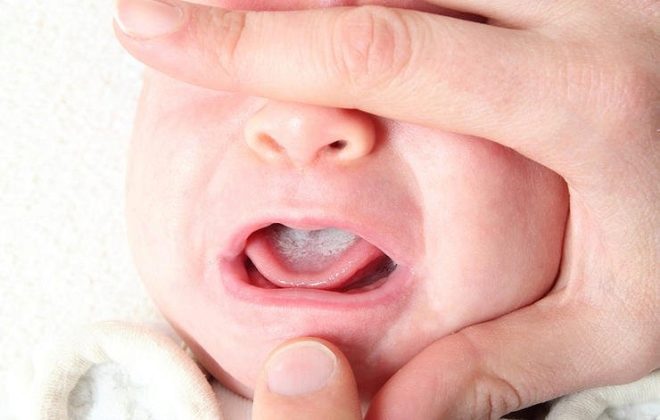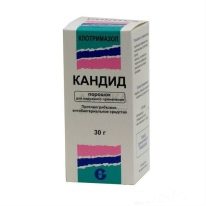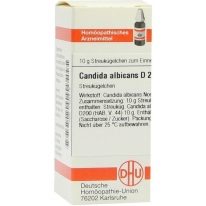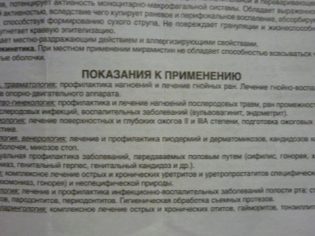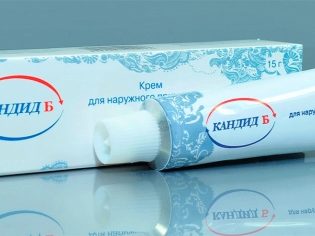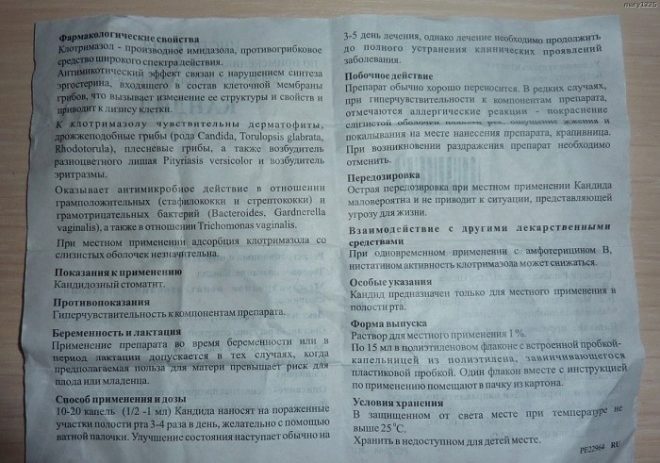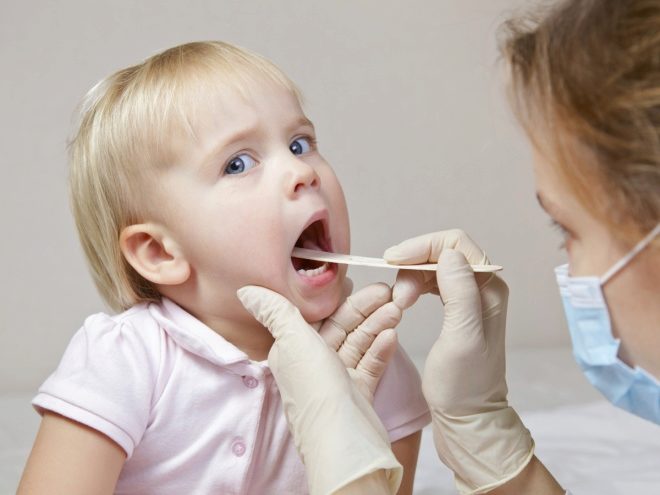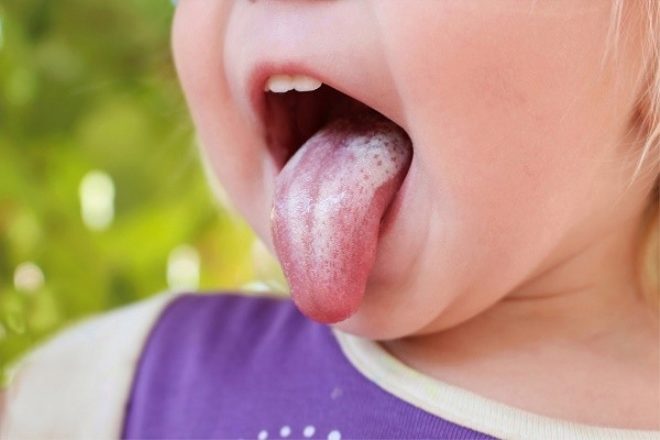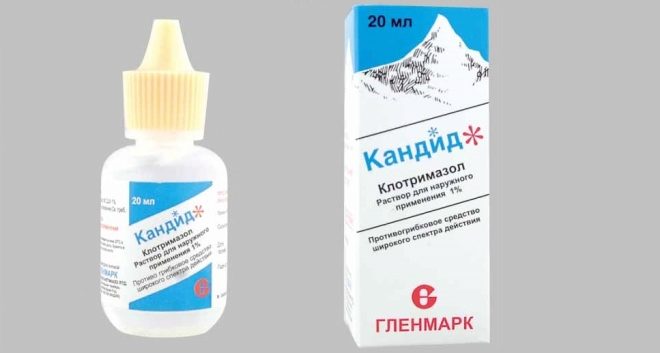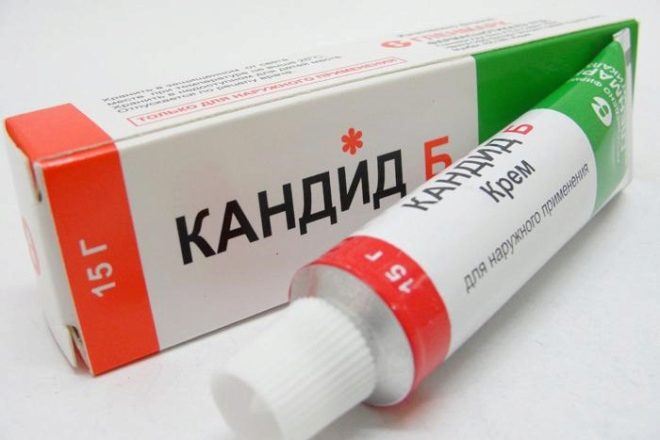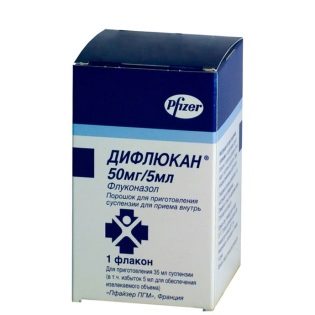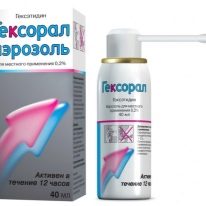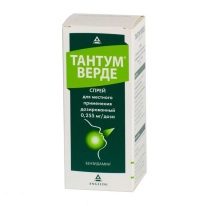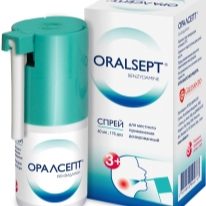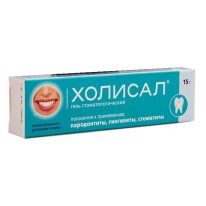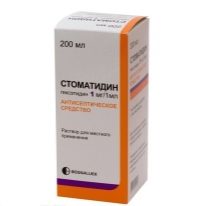Candide for children
Stomatitis is one of the most frequent diseases in childhood. Often its occurrence is provoked by fungi of the genus Candida, so antifungal medications are in demand in the treatment of such stomatitis, called thrush. One of them is Candide. Is it possible to use it in children and how to properly treat the fungus affected areas with this medicine?
Release form and composition
Candide release in several versions:
- 1% solution for external processing;
- 1% solution for topical use;
- 1% cream for external treatment;
- 2% vaginal gel;
- Powder;
- Vaginal tablets.
The active substance in any of these medicines is clotrimazole. In pediatrics, the most popular solution for local use. It is a viscous transparent liquid without color, which contains, in addition to the active ingredient, in the dose of 10 mg / 1g, such excipients as propylene glycol and glycerol. This form of Candida is available in plastic bottles of 15 ml.
Also, children often use Candide cream, which is a white homogeneous mass, placed in aluminum tubes of 20 g. Each gram of this cream includes 10 mg of clotrimazole, supplemented with white petroleum jelly, emulsion wax, liquid paraffin and other substances.
A special product, Candide B, is also available, also prescribed for fungal infections of the skin. As part of this cream, glucocorticoid beclamethasone is added to clotrimazole.
Operating principle
Candid has got antifungal effect on mucous membranes and skin, influencing the formation of fungal cell membranes, as a result of which the pathogen cells are damaged. A small concentration of the drug inhibits the development and growth of fungal cells, and high - destroys them.
The drug is effective against Candida and many other fungi that provoke skin diseases. In addition, Candida noted activity against some microbes (staphylococci, gardnerellas, bacteroids, corynebacteria, streptococci).
When applied externally, the tool is practically not absorbed.
The maximum concentration of clotrimazole after skin treatment is noted in the epidermis.
Indications
Candide solution is treated with mucous membranes and integuments affected by fungi. Such a tool is most in demand in pediatrics with candidal stomatitis, which is manifested by the appearance in the mouth of itchy and painful areas with white patina. Candida causes the disease when local immunity is weakened, for example, as a result of treatment with antibiotics, gastrointestinal tract diseases or immunodeficiency.
Candid cream form is used:
- With fungal skin lesions;
- With mycosis of the feet;
- With superficial candidiasis;
- With pityriasis versicolor;
- With mycoses, which are complicated by purulent infection;
- With erythrasma.
From what age do they use?
Candide treatment is allowed at any age and is prescribed even to infants.
Contraindications
Any form of Candida is not indicated if the patient has hypersensitivity to any of the components of the medication. Other contraindications to the use of such drugs are not noted by the manufacturer.
Side effects
An allergic reaction is sometimes found with medication. In some children, Candida can cause itching, tingling, or a burning sensation at the treatment site. Lubrication with a cream can cause peeling, swelling, or irritation of the skin.
Instructions for use and dosage
For treating the mucous in stomatitis, apply 10-20 drops of Candide solution onto a cotton swab, and then lubricate the mouth sheath. Instead of a cotton swab, you can soak a piece of sterile bandage in the solution.
The recommended frequency of oral treatment is two to four times per day.
Lubricate the mouth should be after meals and remove white residue. The duration of treatment is determined by the doctor and is often 5-7 days, but sometimes the course of use is extended to 10 days or longer.
If Candid cream is used, then this drug is applied to the skin, which should be washed and dried before processing. The agent treats the infected areas twice or three times a day, and when the manifestations of the disease disappear, it is recommended to lubricate the skin for some time (the duration of use is determined by the doctor).
Overdose
Excess dose of the cream has no toxic effect. An overdose of the solution is possible if the child accidentally drinks the drug. This will lead to nausea, abdominal pain, and may also impair the function of the kidneys and liver.
Interaction with other drugs
If nystatin, natamycin or amphotericin B are prescribed at the same time, Candida's therapeutic effect is weakened.
Terms of sale and storage
All forms of Candida are OTC drugs and are easily purchased at the pharmacy. The average price of 15 ml of 1% solution is 260-290 rubles, and a tube of cream - 220-280 rubles. Store the drug at home should be at room temperature in a place where there is no access in a small child. The shelf life of the solution and cream is 3 years.
Reviews
On the application of Candida in children there are a lot of good reviews. In them, the medicine is praised for effective action and it is noted that the manifestations of thrush begin to disappear literally after several uses of the medication. The advantages of the means include the possibility of use at any age and low cost. The lack of medication is often called only its unpleasant taste.
You will learn more about this drug in the following video.
Analogs
Instead of Candida in children with thrush in the mouth, other medicines can be used, for example:
- Hexoral. This drug in the form of a spray or solution has an antiseptic effect and is allowed from 3 years of age.
- Stomatidine. Such a solution based on hexetidine is used for rinsing the mouth and throat in children older than 5 years.
- Diflucan. This antifungal drug containing fluconazole, especially for children, is produced in the form of a suspension. It is allowed for use at any age.
- Stomatofit. This extract of thyme, mint, chamomile and other medicinal plants has an anti-inflammatory effect. The drug is used in children over 12 years.
- Oralsept. This benzydamine-based spray is used not only for stomatitis, but also for sore throat and other sore throats. He is appointed from the age of 12.
- Tantum Verde. This medicine in the form of a solution, tablets or spray also contains benzydamine and is used from the age of 6.
- Holisal. Such a dental gel has anti-inflammatory and local anesthetic action. It is prescribed for lesions of the oral mucosa to children older than a year.
Substitutions for Candide cream for fungal skin infections can be drugs. Clotrimazole, Candidate, Canison, Amyclone, Candibene, spray Kanesten, ointment Akriderm GK and others. However, it is necessary to select an analogue taking into account the disease only with a specialist.

